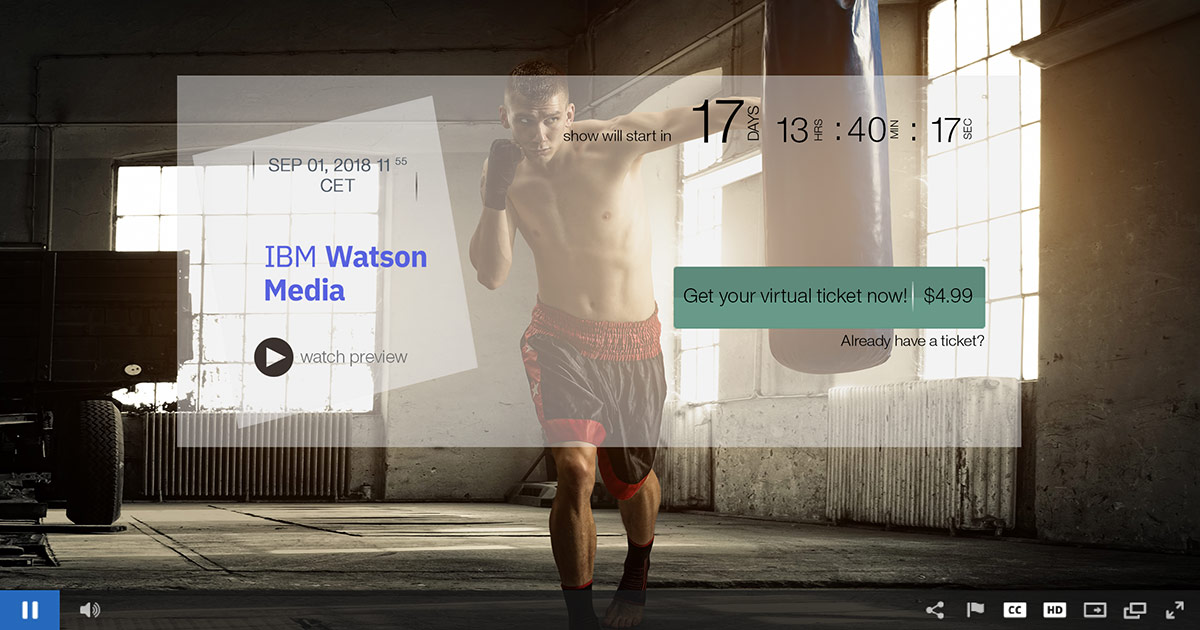
Interested in learning how to live stream in multiple languages? Offering multi-lingual content as part of your video strategy can be a great way to broaden attendance and improve asset comprehension. It can also allow more people to share in the excitement of live video, enjoying in-the-moment experiences while being able to appreciate the details.
IBM Watson Media has added the ability to broadcast live content in multiple languages. This allows broadcasters to publish a video stream and then include multiple audio streams as part of the same live broadcast. Consequently, being able to effectively produce content for more people in more places. This also fits into one of the video trends of 2018, which saw a notable increase in the global viewership of content.







